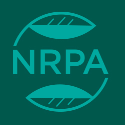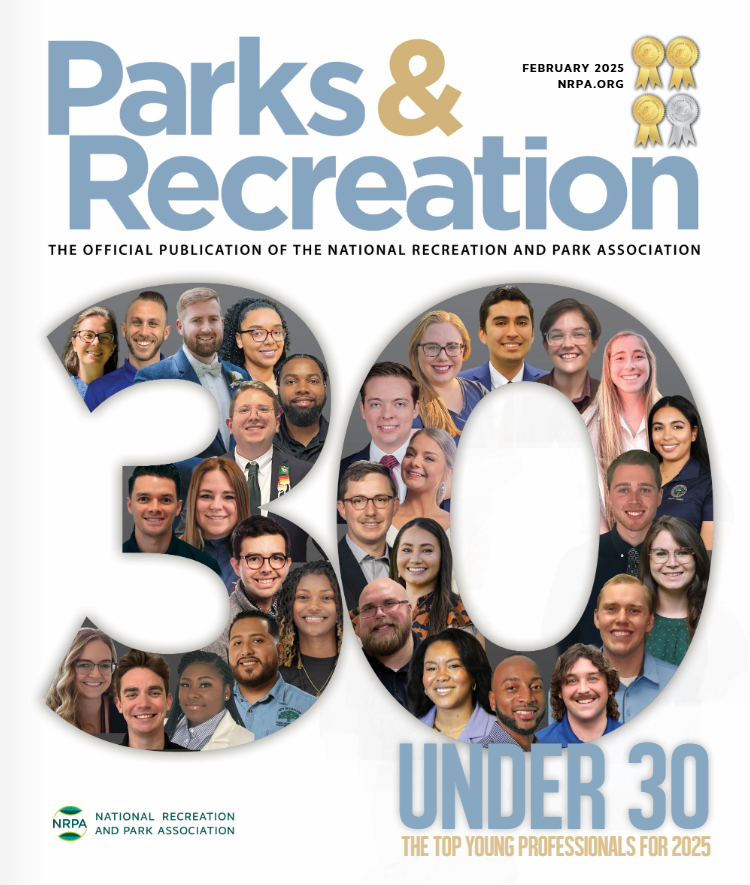
(216) Leveraging Data to Inform the Design of Equitable Places
-
You must log in to register
- Non-Members - $17
- Members - $12
- Premier Members - $12
Historically, disenfranchised communities have been left out of parks planning, severely limiting their access to open space. The advancement of GIS data and tracking technology has paved the way to understand the intersection between human behavior and design. The Park Network Analysis Model maximizes this data by performing a nuanced gap analysis to understand a person’s preferred route to and from a park and their experience in between. The speaker will discuss the tool’s development and its value in comparing existing conditions with social behavior to inform equitable decision making. The session will explore applications of the tool to identify improvements, such as roadways, streetscapes and lighting, that increase pedestrian safety, and the potential of locating new parks based on demand. The speaker will emphasize analysis’ importance in better understanding underrepresented neighborhoods more deeply and advocating for improvements that promote accessibility and equitability.
Learning Objectives:
1. Attendees will understand how to harness data and technology to inform design decision-making.
2. Attendees will create thoughtful route alignments to and from parks to improve use, accessibility and economic activity.
3. Attendees will learn how this tool prioritizes quality of life and economic resilience in park development.


Engage With Us